Search
Did you mean: Horace?
Search Results

Image
Silver Kantharos with the Death of Orpheus, Vassil Bojkov Collection
Silver kantharos with the death of Orpheus and the abduction of Helen.
420-410 BCE (Vassil Bojkov Collection)
Photographer: Marin Karavelov for the Thrace Foundation
www.thracefoundation.org

Image
Silver Rhyton with Reclining Silenus, Vassil Bojkov Collection
Silver rhyton with a reclining Silenus.
Late 3rd or early 2nd century BCE, Vassil Bojkov Collection.
Photographer: Marin Karavelov for the Thrace Foundation
www.thracefoundation.org

Image
Amphora-Rhyton with Zoomorphic Handles, Vassil Bojkov Collection
Silver amphora-rhyton with zoomorphic handles.
C. 500 BCE, Vassil Bojkov Collection.
Photographer: Marin Karavelov for the Thrace Foundation
www.thracefoundation.org
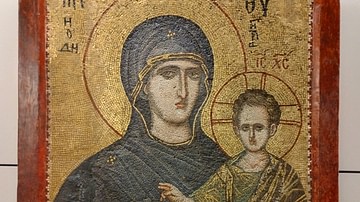
Image
Mosaic Icon of the Virgin Hodegetria
Mosaic icon of the Virgin Hodegetria from St. George Church, Ereğli (ancient Herakleia in Thrace), Turkey, early 14th century.
National Archaeological Museum, Sofia.
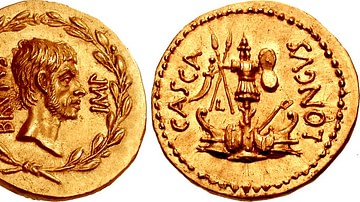
Image
Gold Coin of Brutus
Aureus of Brutus, thought to have been struck in the late summer or autumn of 42 BCE at a military mint travelling with Marcus Junius Brutus and Cassius in western Asia Minor or northern Greece. Obverse: portrait of Brutus Reverse: trophy...
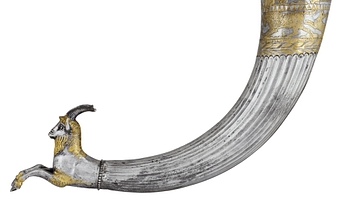
Image
Silver Rhyton Depicting the Death of Orpheus, Vassil Bojkov Collection
Silver rhyton with goat protome and death of Orpheus.
420-410 BCE (Vassil Bojkov Collection)
Photographer: Marin Karavelov for the Thrace Foundation
www.thracefoundation.org
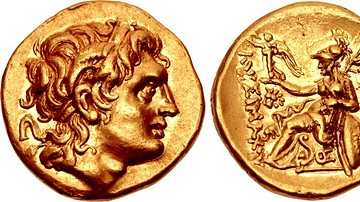
Image
Stater of Ptolemy Keraunos
A gold stater minted by King Ptolemy Keraunos of Macedon (r. 281 - 279 BCE). The coin was minted c. 280 - 279 BCE in Lysimachia, Thrace. It is a rare minting from Ptolemy Keraunos' brief reign as King of Macedon, and even briefer period of...

Image
The Landscape of Rhodope, Greece
The Thracian landscape in Rhodope in the early spring. The name of the region emerged from Rhodope, a Thracian naiad and daughter of the river Strymon. The naiads, daughters of the river gods Potamoi, were water nymphs who lived in lakes...
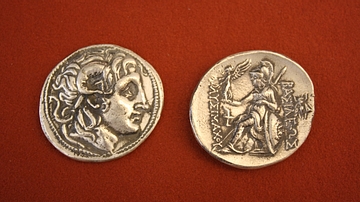
Image
Thracian Silver Tetradrachm
Silver tetradrachm from Thrace, reign of Lysimachus, 323-281 BCE. O: Head of Alexander as Ammon-Zeus. R: Athena holding Nike.
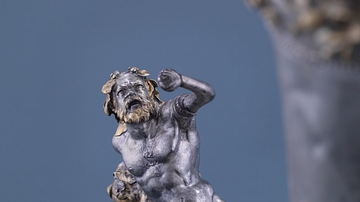
Image
Reclining Silenus
Close-up of a silver rhyton with a reclining Silenus.
Late 3rd or early 2nd century BCE. Vassil Bojkov Collection
Photographer: Marin Karavelov for the Thrace Foundation
www.thracefoundation.org